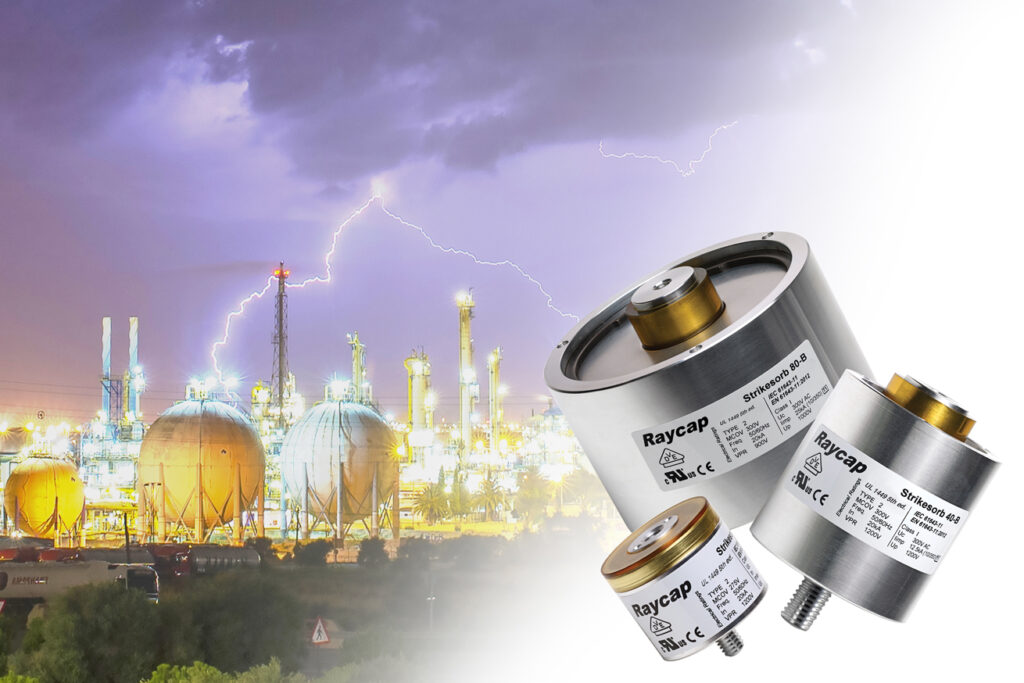“Surge protection” is the way that people will typically refer to the systems and devices that keep sensitive equipment safe from the damage that would be caused by the overflow of electricity to it. Most equipment that needs electricity in order to function can accept an electrical flow within a tight range, and any time that flow exceeds that range the internal components are at risk of being damaged. This damage is especially concentrated in the circuitry of the component, where even the slightest increase in electrical flow beyond the safe range will render the component inoperable. Most people have come to take electricity for granted, and are used to simply turning on the switch at the wall of their home or office in order to allow a regulated flow to happen, but they are probably unaware that there are continual spikes and dips in that flow. While this may not cause acute damage at any one point, it can degrade the functionality of your equipment over time. In addition to the regular flow patterns, we can see surges that also happen as a result of numerous anomalies like lightning strikes and system failures. These surges of electricity can literally destroy the internal components of electronic devices in an instant.
Surge protection exists in two general categories, consumer grade and industrial grade. The philosophy of the systems is the same, to prevent excess electrical flow from coming into contact with any piece of equipment that cannot handle it safely. How this is accomplished will vary, ranging from diversion techniques to the complete severing of the lines that the electricity can flow down. Things like external lightning rods and overhead shields are not technically surge protection devices, but do function to accomplish the goal of prevention of damage. Typically, people think of the surge protection devices (SPDs) as the main components of the surge protection system. On the consumer end these will take the form of surge strips, surge protection plugs, breaker boxes and battery backup systems. The devices that are typically attached to these forms of surge protection are the home computers that most households have in the modern world. On the industrial end, we see surge protection devices that are far more technologically advanced and robust. Not only are these devices responsible for protecting far more expensive equipment, but they are also subjected to more harsh conditions and more powerful surges. Industrial facilities will generally be within remote areas and will involve equipment that is a prime target for lightning strikes due to its physical makeup. The propensity to have lightning strikes happen to the area or lightning surges to the components of an industrial facility puts millions of dollars at risk every day, and heightens the need for adequate surge protection on the industrial level. Improved surge protection devices will not only be made up of better housings and materials, but will use more advanced methods of cutting the electrical flow before damage occurs. The development of “always on” technology like those created by Raycap also enable a situation where the restoration of functionality happens far faster, minimizing the downtimes that cost money. Surge protection systems and devices are a part of everyone’s life, whether they realize it or not.

